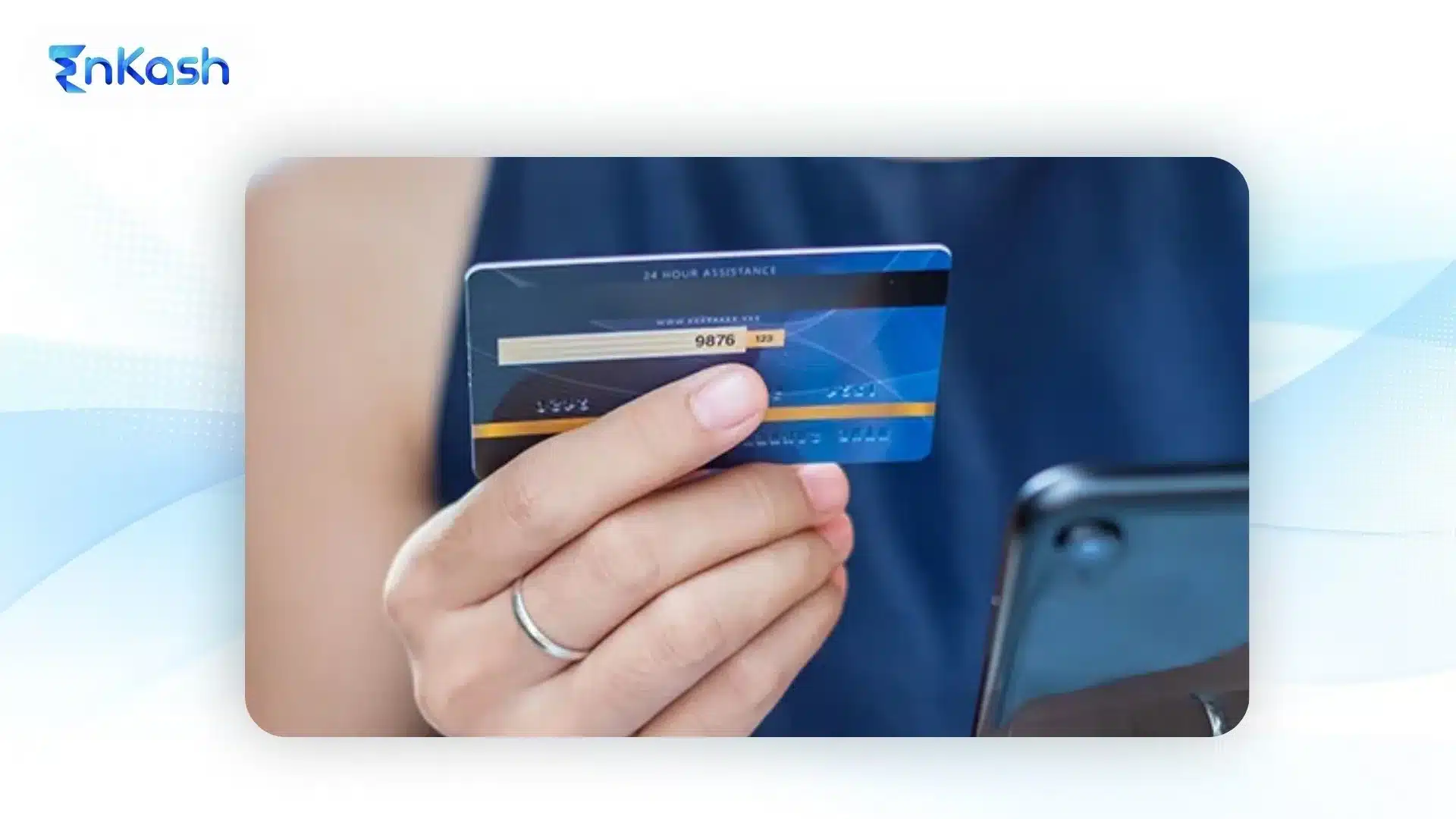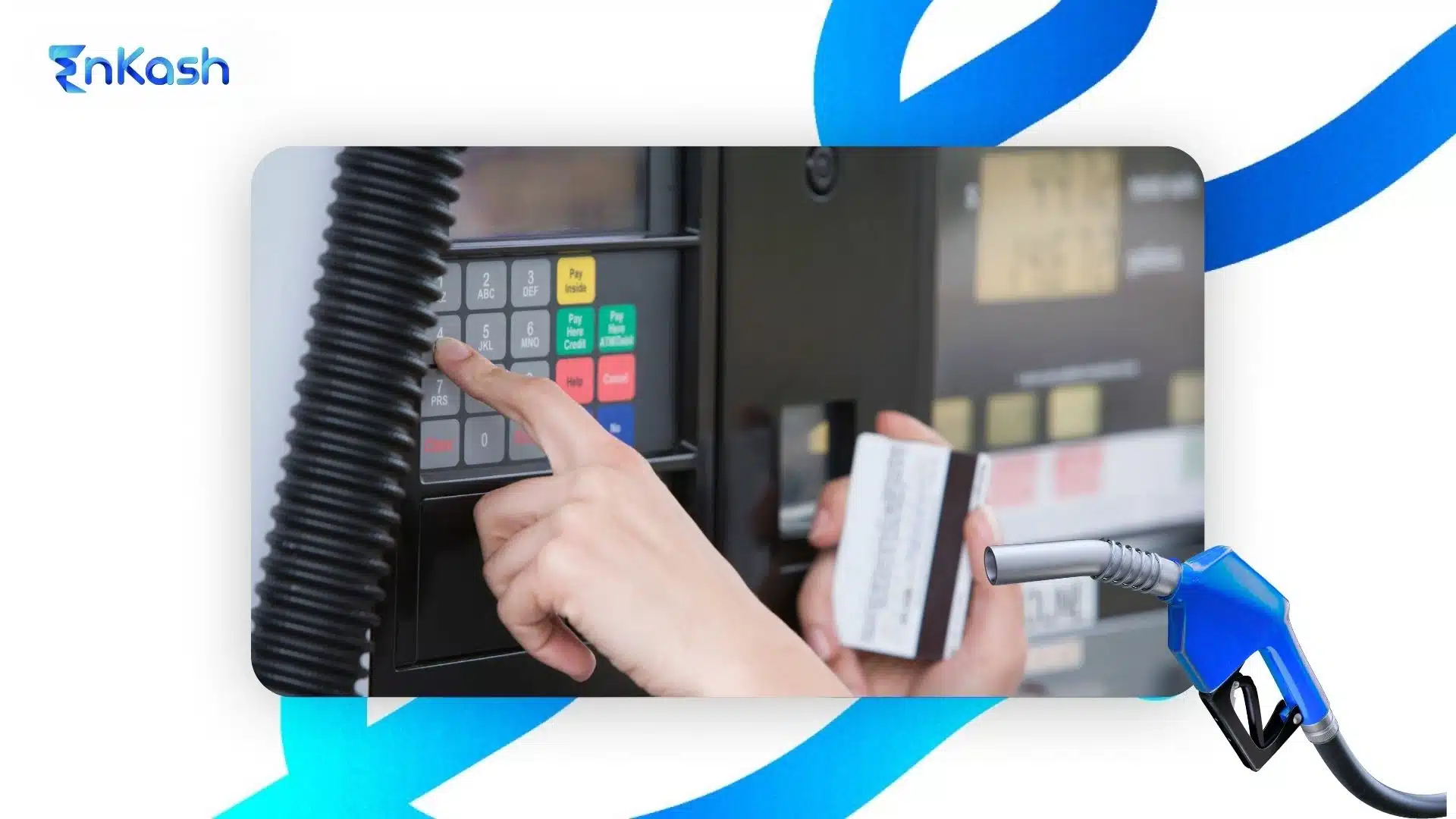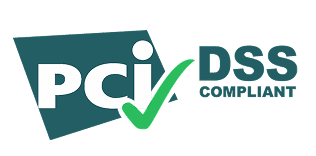The Shift from Traditional to Prepaid Models
Handling business expenses used to be a messy and time-consuming task. From paper receipts to long reimbursement queues, finance teams have often struggled to keep everything in check. In many companies, expense reports were filed late, lacked accuracy, or missed documentation altogether. These delays caused confusion in monthly records and made it harder to monitor budget usage.
For years, businesses relied on a mix of credit cards, petty cash, and employee reimbursements. While these methods worked to some extent, they created several loopholes. Unauthorized spending, fraudulent claims, and poor visibility into real-time expenses became common problems. As businesses grew and spending became more distributed across teams and regions, the need for a better system became clear.
This is where prepaid cards began to gain ground. A Corporate Prepaid Card gives businesses full control over how, where, and when money is spent. It allows employers to load a fixed amount onto a card and set clear limits based on department needs, job roles, or individual project goals. Unlike credit cards, these cards don’t carry the risk of debt or interest, which makes them more suitable for cost-conscious teams.
Finance teams can now issue business prepaid cards to employees, vendors, or contractors with confidence. Since each card is preloaded and trackable, managing team budgets becomes simpler and more transparent. Whether it’s travel, supplies, or daily allowances, each prepaid expense card functions within preset guidelines, reducing the chance of overspending.
The rise of prepaid cards has marked a turning point in Expense Management. By combining control with convenience, these cards have helped organizations move away from slow, outdated methods. They provide real-time insights, support better planning, and most importantly, protect company funds with built-in control features.
What Sets Prepaid Expense Cards Apart from Credit Solutions
Credit cards have been a standard tool in many businesses, but they often bring hidden problems. While they allow flexibility, they also enable debt. Over time, this can create issues for teams trying to stick to a fixed budget. That’s why many companies are moving toward prepaid cards. These cards bring more structure, more control, and fewer financial surprises.
Here’s how prepaid expense cards differ from traditional credit options:
- No borrowing involved
A prepaid expense card works on available balance only. If the card is loaded with ₹10,000, that’s the maximum amount that can be spent. There is no credit line or debt. - Spend control is built-in
A reloadable card allows companies to set limits for every team or task. Whether it’s travel or supplies, spending stays within the assigned budget. - Real-time tracking for each transaction
Unlike credit cards, where updates often come in later, prepaid cards give instant visibility. Finance teams can check spending as it happens. - No risk of overspending
Since the card stops working when funds run out, there’s no chance of crossing the budget. This adds a layer of safety for the business. - Better for fixed project budgets
When a team works on a specific campaign or event, using Prepaid Expense tools helps stick to a clear limit without going over.
Switching to prepaid cards eliminates credit risk and helps keep business spending streamlined, structured, and fully controlled.
Built-in Controls That Prevent Overspending
Controlling daily spending across departments, teams, and locations is not easy. In many companies, budgets get crossed because no one notices small expenses piling up. By the time the finance team catches it, the damage has often already been done. This is where prepaid cards offer a clear advantage.
When a company uses a prepaid expense card, it comes with spending rules already in place. These controls help limit misuse, reduce errors, and avoid going over budget.
Here are some of the most useful features found in prepaid cards with spend limits:
- Custom daily, weekly, or monthly limits
Companies can decide how much money is allowed over a set period. Once that amount is used, the card will not work until it’s reloaded. - Merchant category restrictions
A Corporate Prepaid Card can be set to work only with certain vendors or expense categories. This ensures that the card is used only for approved purchases. - Location-based access
Some prepaid cards allow usage only in certain cities or countries. This is helpful for teams working in different regions. - Automatic transaction alerts
Each time a purchase is made, the finance team receives a notification. This real-time visibility helps track the monthly expense with ease. - Spending history available at all times
Managers can review what was spent, where, and when. This prevents end-of-month surprises and keeps budgets steady.
With built-in limits, prepaid cards turn expense control into a simple, predictable system that protects the company’s money at every level.
Improved Visibility for Finance Teams
For most finance teams, the real struggle is not spending, it’s knowing who spent what, when, and why. Without clear data, it becomes hard to spot problems or make informed decisions. That’s where prepaid cards bring a big change. They offer instant, detailed visibility into every transaction.
When employees use a Corporate Prepaid Card, each expense is recorded in real-time. This gives finance teams access to current data without waiting for reports.
Here’s what it does to improve control and transparency:
- Live tracking of transactions
Every payment made with a prepaid expense card appears on a shared dashboard. Teams no longer have to wait until the end of the month to review spending. - Breakdown by team, department, or region
Spending can be viewed by group. Whether it’s the sales team, the marketing team, or a specific branch, it’s easy to separate and analyze the data. - Simplified reporting process
Instead of collecting paper bills and filling out forms, employees can upload receipts directly. This saves time and reduces the chance of errors. - Real-time budget comparisons
Finance heads can compare actual spending against allocated budgets. If something looks off, they can respond before the problem grows. - Full logs for every transaction
Each business prepaid card maintains a complete record of all purchases. This makes it easier to check activity during audits or financial reviews.
With card expense management built into every transaction, finance teams can move faster, stay accurate, and make smarter decisions without delay.
Read more: Automating Expense Management with Corporate Cards
Simplifying Reconciliation with Digital Reporting
Month-end reconciliation is one of the most time-consuming tasks for any finance team. Going through expense claims, verifying amounts, and matching receipts often takes hours. Mistakes are common, and delays affect how quickly reports are closed. Prepaid cards help reduce this burden by offering clear, digital records for every payment.
When a prepaid expense card is used, each transaction is captured automatically. There’s no need to manually enter values into spreadsheets or review handwritten notes.. The system logs the date, vendor, amount, and cardholder name without any extra effort.
Here’s how this improves the reporting process:
- Receipts can be uploaded instantly
Employees can snap a photo of the bill and upload it directly to the system. There’s no waiting or manual filing - Data flows into accounting software
Many prepaid card providers offer integrations with tools like QuickBooks or Tally, streamlining expense reconciliation. -
Fewer missing details
Because the card captures every payment in real-time, there’s less chance of someone forgetting to report a transaction. - Faster month-end closing
With organized data and clear logs, finance teams can complete monthly reports more quickly. - More accurate tracking of business spending
A reloadable card gives a full history for every project or team. Finance managers can check numbers, spot problems, and stay ready for audits.
By using Prepaid card management tools with built-in reporting features, businesses can reduce admin work, improve accuracy, and close their books with confidence.
Using prepaid cards in Project-Based Spending
Project-based work often comes with unpredictable expenses. Teams may need to travel, hire freelancers, or buy equipment on short notice. When different people are handling costs, tracking every payment becomes harder. That’s why prepaid cards work well in these situations. They give each team or worker a simple way to cover costs while keeping spending under control.
A business prepaid card can be issued for each project or department. The company determines how much money to load, based on the project requirements.. Since it’s a fixed amount, teams can’t spend more than what’s allowed.
Mentioned below are some real-world uses of prepaid expense cards in project-based work:
- Field operations
Field staff often need to buy supplies or pay for transport. A Corporate Prepaid Card makes it easy for them to pay on the spot, without waiting for approvals. - Marketing and events
Campaigns and events come with last-minute needs. A reloadable card helps the team manage vendor payments, travel, and logistics without delay. - Short-term teams or freelancers
Temporary staff can be issued cards for the duration of their assignment. When the project ends, the card can be paused or reassigned. - Budget tracking by task
Every card shows exactly where and how the money was spent. This helps managers keep the project within budget.
Prepaid Expense tools give companies the power to manage costs without slowing down execution. That’s why they’re a smart choice for work that moves quickly and changes often.
Role of Virtual Cards in Distributed Workforces
Remote teams and distributed staff have become common across many industries. With people working from different cities or even countries, managing expenses through traditional methods no longer works. Mailing physical cards or sending cash is slow and risky. That’s where Virtual prepaid cards offer a better way to manage spending.
A Virtual Prepaid Card can be created and shared with an employee or vendor within minutes. There’s no need to wait for physical delivery. The card works online and can be used for approved digital payments, such as tools, ads, or services.
Prepaid cards improve remote work environments in the following ways:
- Quick setup and instant access
Companies can issue a card digitally and send it by email. This enables onboarding of freelancers, new hires, or temporary staff without delay. - Safe and secure use
A virtual card reduces the risk of theft or misuse. If there’s a problem, it can be paused or canceled quickly. - Clear limits and control
Each Corporate Prepaid Card comes with a set balance and can be limited by category or purpose. - Easy record-keeping
Every payment is logged in real-time. This helps teams manage their monthly expenses even when workers are spread across locations. - No dependency on bank accounts
Since a prepaid expense card is not linked to personal banking, it’s ideal for external partners or global contractors.
For businesses with remote operations, prepaid cards make it easier to manage spending without losing control or slowing things down.
Read more: Virtual Credit Cards Enable Quicker Payments
Strengthening Policy Enforcement Through Card Programs
Expense policies are only useful when they are followed. In many companies, rules exist on paper, but teams often break them without even realizing it. This happens because there’s no simple way to enforce spending rules on the ground. Prepaid cards solve this by turning policy into practice.
A Corporate Prepaid Card comes with built-in settings that match company rules. You don’t have to remind employees what they can or cannot spend on, the card itself does that job.
Let’s understand how prepaid cards help enforce policies automatically:
- Pre-approved spending categories
The card can be limited to certain vendors or types of expenses. If someone tries to use the card outside the approved scope, the payment gets blocked. - Control over timing and limits
Some prepaid card systems allow time-based usage restrictions, such as enabling cards only during working hours. - Clear usage history for reviews
Each business prepaid card stores a record of where and how the money was spent. Finance teams can review this without needing employee input. - No need for advance approvals
Since limits are already set, teams can spend on urgent needs without waiting for emails or signatures. - Better behavior through accountability
When employees know their spending is visible, they are more likely to follow company rules.
With card expense management tied directly to company policy, businesses can prevent misuse and maintain full control without slowing down operations
Read more: Top Reasons to Use Virtual Credit Cards for Business Purposes
Key Administrative Tools That Power Card Programs
Running a prepaid card program across multiple teams or departments needs more than just funding the cards. Without the right systems in place, it becomes difficult to keep track of who is spending what and why. That is why modern prepaid cards are supported by smart administrative tools that give businesses full control over usage, limits, and reporting.
Through a proper prepaid card management platform, finance teams can assign roles, pause or resume cards, and track every transaction in real-time. This ensures that spending remains within policy, even as teams grow or move quickly. Each Corporate Prepaid Card can be restricted by vendor, category, or location, helping to avoid misuse. If an employee leaves the company or misplaces a card, it can be suspended instantly and reassigned later. This flexibility keeps card programs efficient and secure.
Another helpful feature is automated alerts. These notify managers when spending nears a set limit or when unusual activity is detected. Full reports are also generated for each monthly expense, making it easier to compare spending across departments. With these built-in controls, card management becomes faster, safer, and much easier for companies looking to scale without losing grip on daily finances.
Conclusion
Prepaid cards have changed how businesses manage money. From better control to real-time tracking, they solve problems that older methods could not. Tools like corporate prepaid cards and expense management platforms give teams the freedom to spend while keeping finance teams in control. With smart limits and clear records, Expense Management becomes simple, safe, and ready for the needs of modern businesses.
FAQs
1. Can a prepaid expense card be used internationally?
Yes, many prepaid expense cards support international transactions. However, it’s important to check for foreign exchange fees and accepted currencies. Businesses working across borders often prefer cards with multi-currency support and spend limits to maintain control over international team expenses.
2. What happens if a prepaid card is lost or stolen?
If a Corporate Prepaid Card is lost or stolen, it can be immediately blocked through the card management system. Funds can be frozen or transferred to a new card. Most providers offer security features to protect against unauthorized transactions.
3. How do virtual prepaid cards work for freelancers?
A Virtual Prepaid Card can be issued to freelancers for specific projects. It allows businesses to fund tasks without linking to a bank account. Freelancers receive the card digitally, and use it for work-related costs, and the company tracks spending from a central dashboard.
4. Can prepaid cards be used for employee incentives?
Yes, prepaid cards are often used to distribute bonuses, rewards, or recognition payments. Since the cards are reloadable, they provide a flexible and secure way to offer non-cash benefits while keeping spending separate from salary payouts.
5. Is it possible to restrict certain purchases on a prepaid card?
Yes, most prepaid cards with spend limits allow restrictions by category. Businesses can block spending at non-approved vendors or outside business hours. These controls help ensure the card is used strictly for company-approved purposes.
6. How does prepaid card reporting help during audits?
Prepaid card management systems provide time-stamped logs of every transaction. During audits, this data helps finance teams prove compliance, justify expenses, and trace back payments to the cardholder. This cuts down audit time and reduces financial risk.
7. Can multiple users share the same prepaid card?
While possible, it’s not ideal. For clear card expense management, each user should be issued a separate business prepaid card. Individual cards allow better tracking, accountability, and easier reconciliation of project or team expenses.
8. Are reloadable prepaid cards suitable for long-term employees?
Yes, a reloadable card is a good fit for permanent staff who regularly incur work expenses. It ensures smooth monthly budgeting, and real-time tracking, and reduces dependence on cash or reimbursement claims for repeat transactions.
9. Do prepaid cards help with cash flow management?
Yes, prepaid cards help control outgoing payments by limiting spending to what is funded in advance. This keeps business expenses predictable and supports better cash flow planning, especially for companies managing multiple teams or remote workers.
10. What support is available for prepaid card users?
Most providers offer customer support via phone, email, or chat. Cardholders can get help with balance checks, transaction issues, or lost cards. Admins also have access to backend tools for full prepaid card management and issue resolution.








